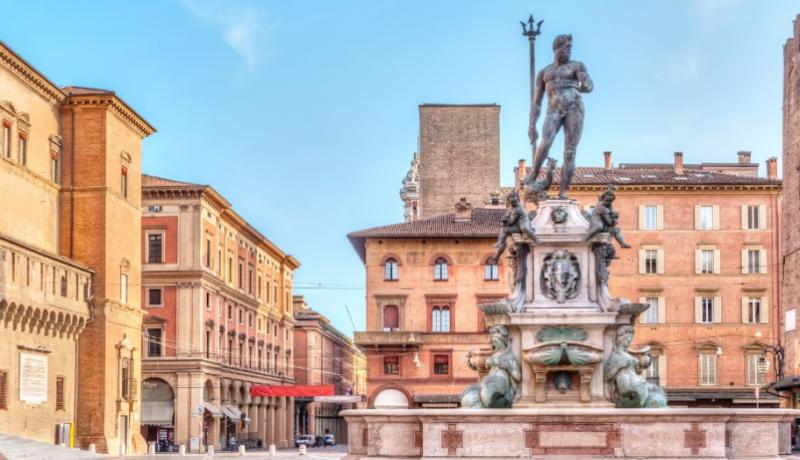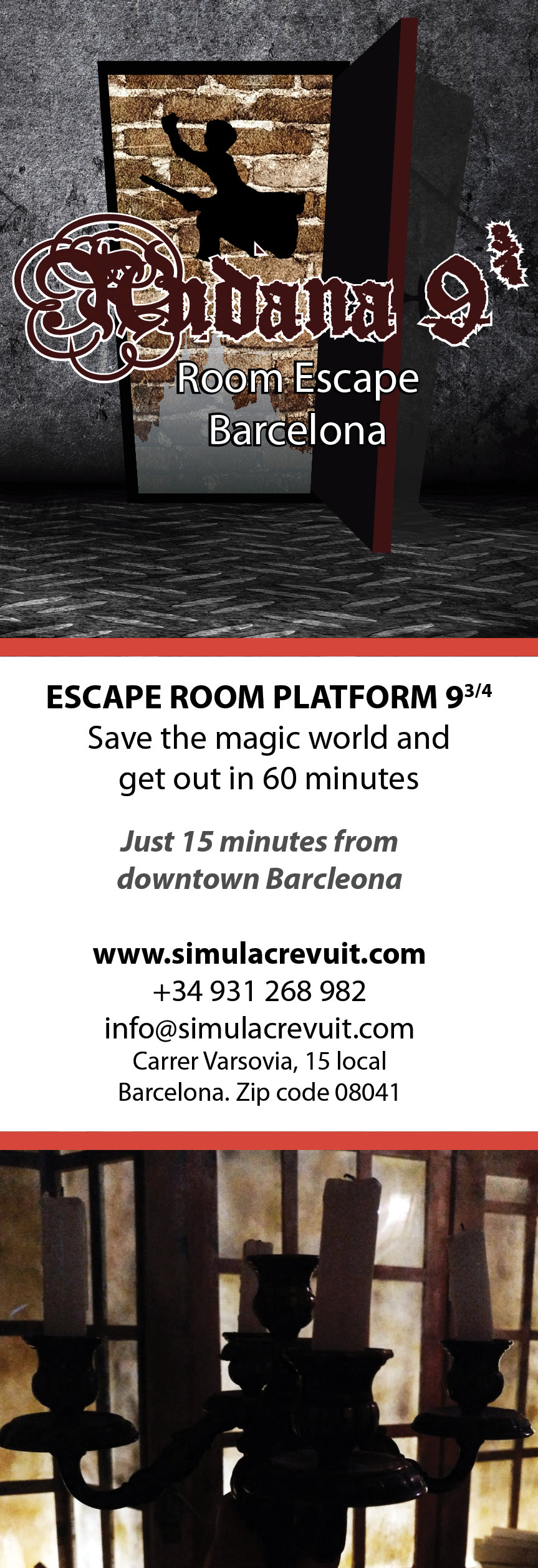
Bologna, Italy: The Fat One
Things work in Italy that wouldn’t work anywhere else; in fact, things positively thrive here that would push any other country into anarchy – rampant disregard for traffic rules, cheery sexism and arteries sagging from the sheer profusion of olive oil, to name but three. And that’s why you can’t really have an ‘Italian’ experience without coming here – no matter how insistently the Italian flag billows at your local Pizza Express or how dementedly you drive your Fiat Punto.
The most pointed case of our love affair with all things ‘Italian’ is ragù alla Bolognese, or what the rest of the world knows as ‘spag bol’. Bastardised by every wannabe kitchen aficionado desperate to venture beyond cardboard sleeves and tin openers and frisk up their cooking arsenal with something they can proudly tell their mothers about, the spag bol we know and love abroad is a pale imitation of its meaty ancestor. A long list of chefs, including among them Antonio Carluccio, have debated the abuse of the dish, calling for its culinary rescue from our wanton herb-flinging, turkey mince-substituting fingers.
For a start, there is no spag (...hetti). Traditional Bolognese sauce is actually served with tag (...liatelle) – sempre tagliatelle. There are rules, too – you’re not supposed to cut the pasta with a knife, but then I’m yet to meet anyone who has perfected the art of elegantly winding pasta around a fork to such a degree that there won’t be splashback. That, and the fact that under absolutely no circumstances – an unforgivable deed, a slur on Italy and on Italians, akin to insulting their mother and burning down their home – are you to use garlic. Salt, pepper, maybe a bay leaf or two and on rare, frivolous occasions, a sprinkling of nutmeg – that’s all the seasoning this dish requires, and woe betide you if you introduce anything else.
But this is Italy. Stroll from one village to the next, or indeed, one trattoria to another, and you’ll be met with fierce assertions that this is the real ragù; ‘you call that ragù!?; you won’t find better ragù than my nonna’s ragù’. It’s taken very seriously, and its true configuration a cause of much debate; in 1982, the Italian Academy of Cuisine, an organisation dedicated to preserving the culinary heritage of Italy, recorded and deposited a recipe for ‘classic Bolognese ragù’ with the Bologna Chamber of Commerce – a concoction which included generous amounts of bacon, a dash of milk and some celery, but no garlic in sight.
Although almost every region in Italy has its own variation of a meat-based pasta sauce, it’s a dish so entwined with the identity of the city of Bologna that many Bolognese would visibly recoil if they heard their baby described as a ‘meat-based pasta sauce’. The city itself is known as Bologna La Grassa (‘The Fat One’), which to our untrained English ears may sound harsh, but is actually much deserved. Bolognese delicacies are heavy in butter, oil, meat, wine and generally devoid of vegetables of any kind, attesting to the region’s history as an agricultural powerhouse since the ancient Romans. Drive into Bologna along the autostrada and marvel at miles and miles of olive trees, open fields and quaint vineyards, punctuated with picture perfect sand-coloured farmhouses the stuff of an ‘Eat, Pray, Love’ fanatic’s daydream. Still, such unapologetic indulgence is refreshing in a world obsessed with chia seeds, kale and courgetti – let us not tell our Italian friends about courgetti.
Bologna is also a city made for walking, which is perhaps a blessing to stomachs heavy with tangles of dense, egg-yolk yellow tagliatelle. 40km (25mi) of arched arcades, or portici, cling to buildings, leading city dwellers on a labyrinthine path toward two, soaring Medieval towers – the Due Torri. They stand at almost 100m (328ft) and offer panoramic views over Bologna’s rooftops, a scene which encompasses every shade of red from cardinal to carmine, orange to rust, scarlet to vermillion. An entire city block was razed to the ground to make way for the thrusting pitchfork of a magnificent 16th century statue of Neptune in the main city square, encircled by lactating bronze sea nymphs; in January 2017, Facebook banned a photograph of the statue for being too explicit. Like I say, Italy is an enthusiastic adopter of things that the rest of the world can’t really handle.
Terracotta rooftops and late Renaissance statues aside, as Italo Calvino once wrote in his classic novel, Invisible Cities, ‘you take delight not in a city’s seven or 70 wonders, but in the answer it gives to a question of yours.’ And the question we all should be asking in Bologna is, ‘what can I eat first?’ The dinner tables of the wider region, Emilia Romagna, read like a who’s who of what we think of as ‘Italian’ cuisine abroad: balsamic vinegar, Parmesan cheese, Parma ham, mortadella, tortellini. Ask even the most begrudging Italian where to find Italy’s best food, and after puffing out their chests and proudly stating the name of their village of 150 people, regardless of wherever that may be, they’ll all say Emilia Romagna.
Take Parmigiano Reggiano – ‘the undisputed king of cheeses’. (Never ones for modesty, these Italians.) Parmesan cheese as we know it is a closely guarded affair. In order to be deemed worthy of the name and stamp of Parmigiano Reggiano, makers must adhere to a long list of strict criteria: it must be aged for at least 12 months, made with unpasteurised milk from grass fed cows in one of the five provinces of Emilia Romagna, with the whole process overseen by the cheese police – the Consorzio Parmigiano Reggiano. These artisanal production methods have remained the same for over seven centuries. Without parmesan, though, Italian cuisine would be an altogether different beast – without that final salty flourish to a pasta dish, we would drown in self-induced carbohydrate gluttony.
Before we get to the stage where we’re rolled out of a hilltop ristorante in a blur of Lambrusco and ragù, we’ll have been presented with a plate of Emilia Romagna’s finest cured meats. Most meals here start with a plate of soft and perfectly salty salume, centred around paper thin swirls of melt-in-your-mouth prosciutto di Parma. Selected from the choicest cuts of pigs fed on the whey from Parma’s other great food export – parmigiano reggiano – prosciutto, or Parma ham, can be sweet, meaty, buttery, nutty, salty or a nuanced amalgamation of all five. It’s often accompanied with torta fritta: a puffed up fried bread that balances perfectly with the robustness of the meat. Parma is about 45 minutes by train from Bologna, but well worth the journey just for this.
It’s a tragedy, really, that Bologna isn’t more popular, like its sisters Milan to the north and Florence to the south. There are far fewer tourists, far better food and a stroll around its markets alone is equal to any statue of David or international fashion week. From the curb-side chatter of students punctuating wreaths of cigarette smoke near Europe’s oldest university, to the red and white checkered tablecloths and skewed picture frames of its many simple, family-run osterie, Bologna dances to its own charming tune. As renowned director and proud Emilia Romagnan himself, Federico Fellini, once said, “Life is a combination of two things: magic and pasta. If there is magic, but there is no pasta, there is no life.” Lucky for us, then, that Bologna has both.
Share this article:




















